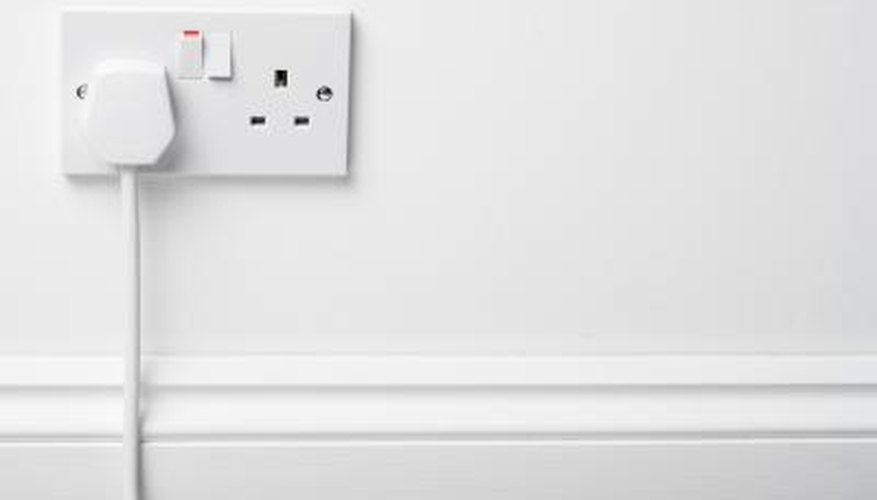Mould mites are found in many homes and areas of high humidity. These pests often hide in damp areas and move when infestations become heavy. Mold mites can be a nuisance to homeowners who have especially heavy infestations. Homeowners must search unlikely places for mould mites, such as containers of grain, packaged foods or around skirting boards and underneath electrical sockets.
Identification
Mold mites are also known by their scientific name of Tyrophagus putrescentiae and are members of the tyroglyphid family. Members of this family include cheese mites, grain mites, flour mites and mould mites and can sometimes be difficult to tell apart. Most people do not even notice mould mites in their home until they multiply and are present in large numbers. Mold mite development is favoured by high humidity and warm temperatures. Most mites measure up to 1 mm (1/25 inch) in length and have four pairs of legs. Mold mites can be difficult to spot without a magnifying glass because they are so small.
- Mold mites are also known by their scientific name of Tyrophagus putrescentiae and are members of the tyroglyphid family.
- Mold mites can be difficult to spot without a magnifying glass because they are so small.
Effects
Mould mites often hide in food items such as cheese, seeds, flour, grain, cereals, dried foods, straw and bulbs. These mites may multiply and move to infest larger areas of the home such as furniture, wallpaper and behind electrical socket covers. Bird nests in fireplaces may contain mould mites, and most infestations occur in humid areas of the home. Heavy infestations of mould mites can cause a foul or exceedingly sweet odour inside infested homes. Some homeowners may find skin casts, which are moulted skins of the mites, inside their foods or in heavily infested areas. Mold mites can cause intense itching in humans after exposure, which is commonly referred to as grocer's itch.
- Mould mites often hide in food items such as cheese, seeds, flour, grain, cereals, dried foods, straw and bulbs.
- Bird nests in fireplaces may contain mould mites, and most infestations occur in humid areas of the home.
Cultural control
Examine your home for evidence of mould mite infestations. Inspect all packaged foods, and look behind wallpaper and electrical sockets. Regular vacuuming can help keep mite infestations to a minimum, but dispose of the vacuum cleaner bag as soon as possible to avoid reinfestation. Discard all infested foods, and clean storage areas to reduce the likelihood of reinfestation.
- Examine your home for evidence of mould mite infestations.
- Discard all infested foods, and clean storage areas to reduce the likelihood of reinfestation.
Chemical control
A variety of chemical control products are available for the control of mould mites. Choose a product containing active ingredients such as diazinon or malathion for best results. If severe skin irritation occurs after mould mite exposure, seek advice from your doctor or other health care provider. Mold mites can be difficult to control, especially when they are present in areas of high humidity. The source of mould mites must be found and eliminated to prevent future infestations.
- A variety of chemical control products are available for the control of mould mites.
